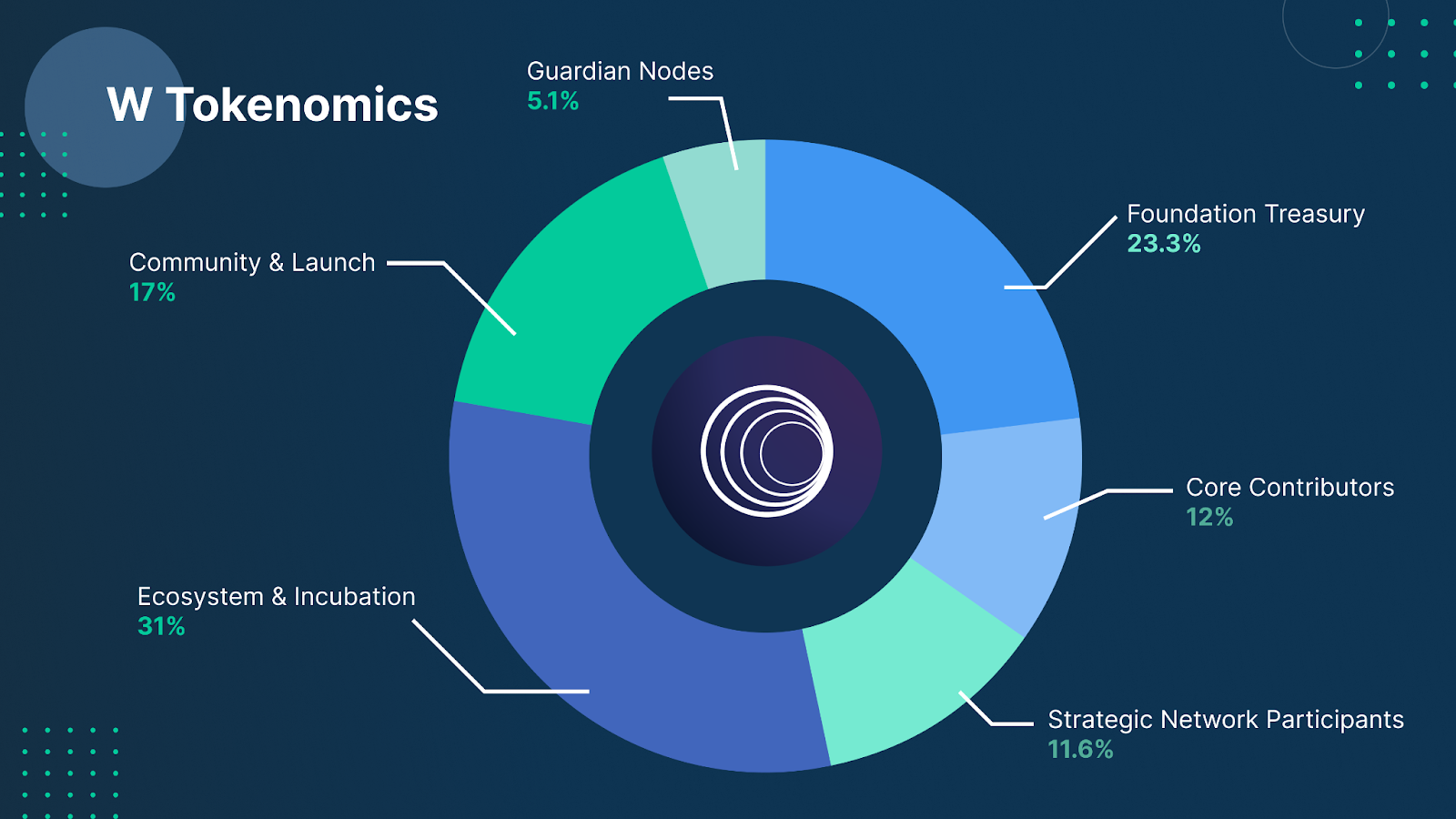Wormhole’s utility extends beyond mere asset transfers, offering a versatile platform for a range of applications such as cross-chain exchanges, governance, and gaming. Developers can create exchanges that accept deposits from any connected chain, significantly broadening the liquidity pool available to users. In governance, collections of NFTs on different networks can utilise Wormhole to aggregate votes on a chosen chain, facilitating unified decision-making processes. Furthermore, games built on performant networks like Solana can distribute rewards on different chains, exemplifying Wormhole’s ability to bridge diverse blockchain environments for a cohesive user experience.
The architecture of Wormhole comprises several key components, including on-chain elements like the Emitter and Wormhole Core Contract, and off-chain elements such as the Guardian Network and VAAs (Verifiable Action Approvals). This structure supports robust cross-chain communication, where the Guardians validate messages emitted by the Core Contract, ensuring secure and authentic inter-chain transactions. Such a design demonstrates Wormhole’s commitment to security, underscored by the core assumption that the network is secured by Guardian nodes that validate and sign messages, making it a trusted platform used by notable teams like Circle and Uniswap.
Security and governance are central to Wormhole’s operation. The protocol is fortified by a network of Guardian nodes responsible for the validation and signing of cross-chain messages, with a supermajority required for a message to be considered valid. Governance actions, subject to the same stringent security standards, demand a two-thirds supermajority of Guardians to pass, demonstrating Wormhole’s rigorous approach to maintaining its integrity and adaptability. Through continuous audits, a substantial bug bounty program, and an open-source governance system, Wormhole not only ensures the security of its platform but also fosters innovation and community engagement in the evolving landscape of blockchain interoperability.
What is the W Token?
The W token is introduced as a multichain-native token, initially launching on the Solana network as a native SPL token. This token is designed to embody the ethos of interoperability that Wormhole, the platform behind the W token, is striving for. Following its launch on Solana, plans are in place to extend W’s functionality to Ethereum and other EVM-compatible chains through Wormhole’s Native Token Transfers (NTT) feature. This strategic rollout underscores the token’s ambition to facilitate seamless asset transfers and interactions across a multitude of blockchain ecosystems, promoting a truly interconnected DeFi landscape.
Tokenomics of the W token have been meticulously structured, with a maximum supply capped at 10 billion tokens and an initial circulating supply of 1.8 billion. The W token will adopt both ERC20 and SPL formats, leveraging Wormhole’s Native Token Transfer framework to ensure fluidity and accessibility across different blockchain networks. A significant portion, 82% of the total W supply, is subject to a vesting schedule that spans four years, indicating a long-term commitment to the token’s stability and growth within the cryptocurrency market.
The roadmap for the W token features a phased approach, starting with its launch on the Solana platform, followed by expansion to Ethereum and other EVM-compatible chains via Wormhole’s NTT. This strategy not only showcases the technical versatility of the W token but also highlights the foundational role of Wormhole’s infrastructure in enabling such cross-chain capabilities. The roadmap introduces the concept of token self-delegation, a pivotal function in on-chain governance that allows W token holders to lock and delegate their tokens, thus actively participating in the governance processes across both Solana and EVM chains.
Wormhole’s governance system, underpinned by the W token, introduces an innovative multichain governance model operational on Solana, Ethereum mainnet, and EVM L2s. This model empowers W token holders with authority to make key decisions affecting the protocol’s trajectory, including the management of blockchain connections, smart contract upgrades, fee adjustments, and the expansion of the Guardian set, among other aspects. This participatory governance mechanism not only democratises decision-making within the Wormhole ecosystem but also enhances the token’s utility by aligning it closely with the platform’s evolution and the broader DeFi ecosystem’s needs.
W Tokenomics


How to Buy Wormhole (W) on Bitfinex
How to buy W with crypto
1. Log in to your Bitfinex account or sign up to create one.
2. Go to the Deposit page.
3. In the Cryptocurrencies section, choose the crypto you plan to buy W with and generate a deposit address on the Exchange wallet.
4. Send the crypto to the generated deposit address.
5. Once the funds arrive in your wallet, you can trade them for W. Learn how to trade on Bitfinex here.
How to buy W with fiat
1. Log in to your Bitfinex account or sign up to create one.
2. You need to get full verification to be able to deposit fiat to your Bitfinex account. Learn about different verification levels here.
3. On the Deposit page, under the Bank Wire menu, choose the fiat currency of your deposit. There’s a minimum amount for fiat deposits on Bitfinex; learn more here.
4. Check your Bitfinex registered email for the wire details.
5. Send the funds.
6. Once the funds arrive in your wallet, you can use them to buy W.
Also, we have Bitfinex on mobile, so you can easily buy W currency while on-the-go.
[ AppStore] [ Google Play]
W Community Channels
Website | X (Twitter) | Telegram | Discord | Github
The post appeared first on Bitfinex blog.

